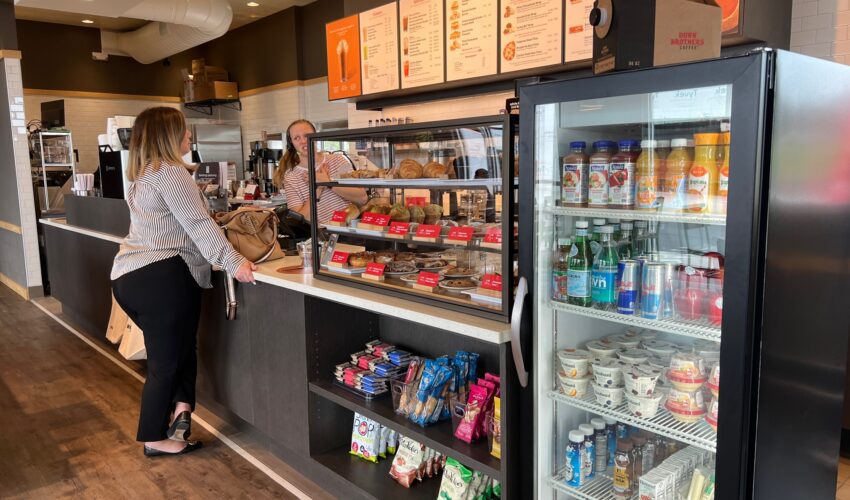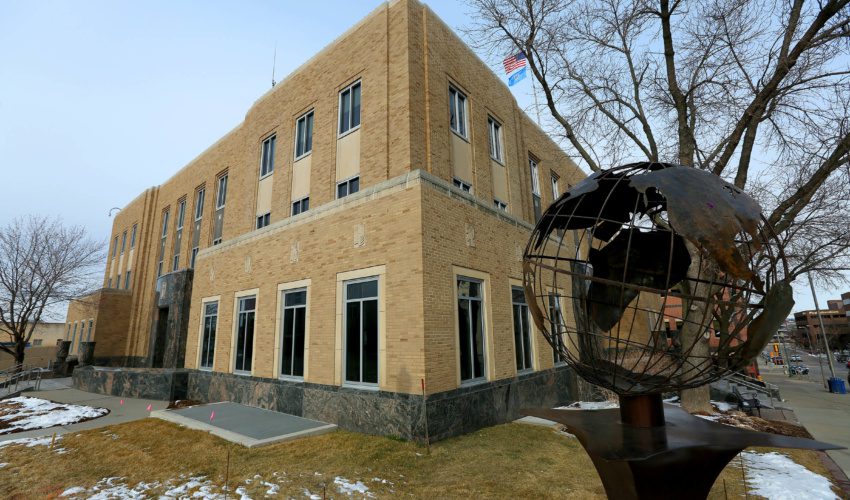Here’s what the Sioux Falls stay-at-home order could mean
April 15, 2020
Unless you work in a critical infrastructure sector job or are conducting what is considered an essential activity, you’ll be expected to stay at home if the city of Sioux Falls passes an ordinance next week.
It would take effect April 24 and apply to residents and visitors within the city limits. They would be required to stay at home or a place of residence if possible, except to work in a critical infrastructure sector job or to conduct essential activities.
Violations could result in a maximum $500 fine and 30 days in jail for individuals. Businesses found to be in violation of the ordnance would be subject to a mandatory recommendation that their licenses be suspended or revoked. That ultimately would be a state decision.
The city is following federal guidance for what constitutes an essential worker.
These are other examples of what are considered essential jobs for the purpose of the ordinance:
- Construction workers who support the construction, operation, inspection and maintenance of construction sites and construction projects, including housing construction.
- Workers such as plumbers, electricians, exterminators and other service providers who provide services that are necessary to maintaining the safety, sanitation, construction material sources and essential operation of construction sites and construction projects.
- Professional services, such as legal or accounting, insurance, real estate – including appraisal, home inspection and title services – and veterinary, inclusive of support staff.
- Employees of biotech companies.
- Employees of financial institutions such as banks, credit unions and insurance companies.
Essential activities are:
- Working in a critical infrastructure sector job or traveling to or from such job.
- Complying with an order of law enforcement or court or for legally mandated government purposes.
- Conducting essential errands, including, by way of example and not limitation, obtaining medication, groceries, gasoline, and personal hygiene items, for themselves and their family or household members or persons who are unable to or who should not leave their home – vulnerable Individuals who are either adults over the age of 65 and people of any age who have serious underlying medical conditions – or to deliver those services or supplies to others.
- Engaging in activities, performing tasks or obtaining supplies essential to their health and safety or to the health and safety of their family, those living in their residence or pets; visiting a health care or behavior health care professional. Individuals should rely on telehealth options whenever feasible.
- Obtaining supplies needed to work from home; engaging in the minimum necessary activities to maintain the value of their business’s inventory, ensure security, process payroll and employee benefits or other related functions for those businesses that are not part of the critical infrastructure sector.
- Engaging in outdoor activity, including visiting public parks – for example, walking, biking, hiking, running, tennis or golfing – provided that individuals, except those from the same residence, must comply with physical distancing requirements of 6 feet and any applicable orders from the municipality where the park is located.
- Engaging in drives with other members of one’s household for the purpose of leisure or to travel to or from an essential activity.
- Obtaining food or beverage by means of drive-thru or carryout.
- Caring for or transporting a family member in another residence, including transporting children pursuant to an existing parent time schedule or for other visitations pertaining to a child in need of protective services.
- Transporting children or dependents for child care purposes as necessary to allow the parent or caregiver to work in a critical infrastructure job.
- Relocating to another residence.
- Leaving their home or residence to stay at a safe alternative location in the event their home or residence is or becomes unsafe, including without limitation victims of domestic violence.
- Traveling to and from educational institutions for purposes of receiving materials for distance learning, for receiving meals or any other related services.
According to the ordinance, “all business are encouraged to remain open, and to the greatest extent feasible, all businesses shall comply with physical distancing requirements.”
Those include but are not limited to:
- Maintaining 6 feet of physical distance between people, both employees and the general public.
- Using technology whenever possible to avoid meeting in person, including virtual meetings and teleconferences.
- Off-setting shift hours and/or days.
- Ensuring employees exhibiting symptoms of COVID-19 are excluded from the workplace.
- Implementing a policy of no longer shaking hands, and requiring employees to conduct work remotely where feasible.
If someone has tested positive for COVID-19, all members of that person’s household must quarantine at home unless otherwise directed by a medical professional or as necessary to obtain emergency care or services, according to the ordinance. Members of the household should not go to work, school or any other community function for a period of 14 days or such other period as may be recommended by the CDC or a medical professional.
Individuals experiencing homelessness are exempt from the requirements of the ordinance and are strongly urged to practice appropriate social distancing from other people.
The Sioux Falls City Council will hear the first reading of the ordinance today. If it moves to second reading, the vote would be next week, and the ordinance would go into effect April 24. There is no end date. That would be determined by the curve of new cases and hospitalizations, city spokesman TJ Nelson said.
Residents will not be required to carry proof they are carrying out essential activities, he said.








